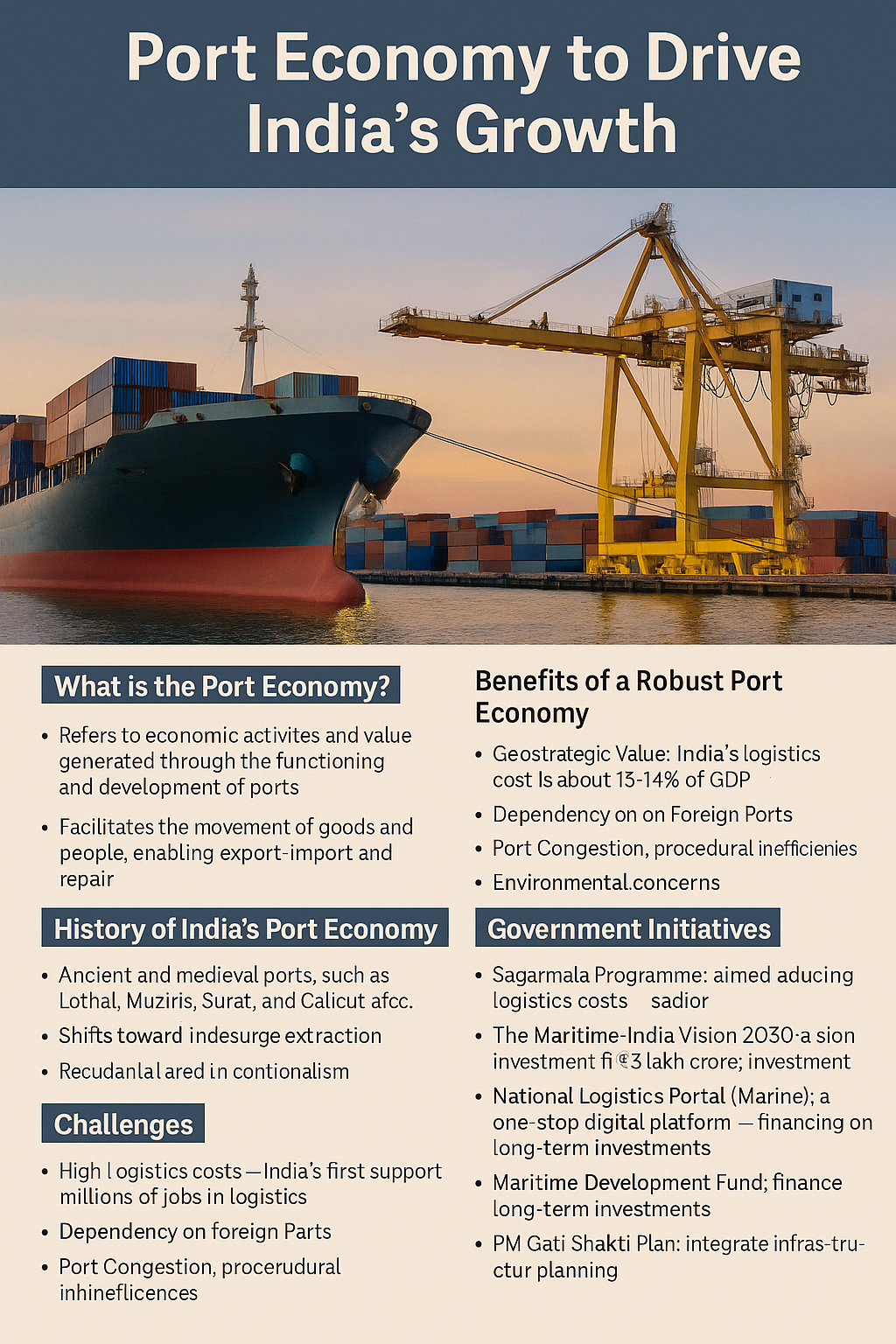
015-Apr 21, 2025
“From Cradle to Chains: Child Trafficking in India Worsens, Says Supreme Court”
📘 Relevant Essay Attached at the End

🎯 Thematic Focus
Category: Social Justice, Law & Governance
Tags: Child Rights, Criminal Justice, SC Observations
🪔 Intro
The Supreme Court of India has raised a grave alarm over the worsening crisis of child trafficking. While examining a case involving the trafficking of newborns from Delhi’s Dwarka area, the apex court remarked that the situation has “gone from bad to worse” — highlighting the systemic failures and moral collapse in both governance and society.
🔍 Key Highlights
- 👶 Disturbing Inference: SC bench noted the likely complicity of parents in selling off their own children — a chilling reflection of desperation or disregard.
- 📍 Missing Infants & Accused: Gang leader Puja and three infants remain untraceable. The Court has given four weeks for concrete updates.
- ⚖️ Strong Directive: SC instructed Delhi Police to act urgently and arrest the accused kingpin at all costs.
- 🧑🏫 April 15 Verdict: In a related ruling, SC canceled the bail of 13 accused in a separate trafficking case and urged systemic support for trafficked children including guaranteed education under RTE Act, 2009.
- 🌐 Trafficking Patterns: The Court noted that trafficking is spreading rapidly, adapting new methods, and exploiting cracks in the justice system.
📘 GS Mapping
- GS Paper II: Governance, Constitution, and Polity — Role of judiciary, Fundamental Rights (Article 21), Child Protection laws
- GS Paper III: Internal Security — Trafficking networks, Criminal Justice System
- GS Paper IV: Ethics — Public trust, Moral erosion, State responsibility
🖋️ Essay Mapping (for Compilation)
Essay Title: Chains of Innocence: Reclaiming the Lost Childhood in the Shadows of Trafficking
To be included in Monthly Pack – April 2025
✅ Free to read | 🪙 ₹5 to download PDF | 📩 Mail-to-inbox option available
🧭 A Whispering Thought
“The measure of a nation is not how it treats its most powerful, but how it protects its most powerless.”
Essay:
✍️ Chains of Innocence: Reclaiming the Lost Childhood in the Shadows of Trafficking
The image of a child conjures innocence, trust, and promise. But in the dark crevices of society, where crime and vulnerability intersect, children become commodities — sold, smuggled, and lost to the void of trafficking. India, with its complex socio-economic canvas and structural inequalities, has witnessed a steady rise in the trafficking of children — a phenomenon not only deeply criminal but morally corrosive.
The Supreme Court’s recent observations, in a case involving the trafficking of newborns in Delhi’s Dwarka, have ripped the veil off a crisis that has long operated in the shadows. The Court’s remark that the “situation has gone from bad to worse” is not merely a statement of fact — it is a wake-up call. A nation cannot call itself civilised if its youngest citizens are bought and sold like wares.
🧵 The Anatomy of the Crisis
Child trafficking in India takes multiple forms — forced labour, illegal adoption, sexual exploitation, begging rackets, organ trade, and even trafficking for ritualistic practices. The scale is staggering, and so is the complexity. Many children are trafficked within states, across borders, and even internationally — often without a trace left behind.
In the Dwarka case, what stunned the judiciary wasn’t just the trafficking ring but the alleged participation of parents. When desperation meets lack of awareness, economic strain, and moral numbness, it creates a landscape where a child is no longer a human being, but a transaction.
⚖️ Law, But Little Order
India has a robust legal framework on paper:
- The Juvenile Justice Act
- The Immoral Traffic (Prevention) Act
- The Protection of Children from Sexual Offences (POCSO) Act
- The Right of Children to Free and Compulsory Education Act
- And constitutional safeguards under Articles 21, 23, and 24
But the problem is not a lack of laws — it’s the lack of effective implementation. Police forces are often under-trained or overburdened. Victim identification protocols are missing. Inter-state coordination is poor. Shelters lack capacity and care. The justice system drags its feet. And often, the victims are re-traumatised in the very process meant to protect them.
💔 From Poverty to Predators: The Enabling Factors
Behind every trafficked child lies a confluence of factors:
- Poverty and debt
- Illiteracy and lack of awareness
- Absence of social safety nets
- Natural disasters, displacement, and conflict
- Neglect of marginalised communities — Dalits, tribals, and minorities
In border states, such as Assam, West Bengal, and Bihar, the proximity to neighbouring countries like Bangladesh and Nepal creates porous routes for traffickers. Online platforms have made the trade more invisible, transactions more discreet, and investigations more difficult.
📚 Education as Liberation
Education remains one of the most powerful antidotes to trafficking. The Right to Education Act was meant to be a shield — but millions still remain out of school, vulnerable to coercion and deception. The Supreme Court’s recent directive — that trafficked children be guaranteed school admission and educational support — must be seen as a foundational shift. For every child educated is a child pulled back from the brink.
🤝 Rehabilitation with Dignity
A rescue without rehabilitation is a rescue in vain. Survivors often face social stigma, lack of legal identity, psychological trauma, and economic abandonment. India’s efforts must move from rescue-centric models to rights-based, survivor-led rehabilitation:
- Psychological counseling
- Skill training and economic empowerment
- Legal aid and protection
- Community reintegration
States like Telangana and West Bengal have shown how local leadership, when aligned with NGO networks and child protection systems, can make a difference.
🛡️ The Role of Technology and Civil Society
Technology can be both a threat and a solution. While traffickers use it to evade detection, it can also be used for:
- Facial recognition software to trace missing children
- Aadhaar-based integration of child data
- Hotline networks and mobile apps for real-time reporting
- Crowdsourcing information on child labour and trafficking
Civil society organisations like Bachpan Bachao Andolan, Prerana, and Guria have tirelessly documented trafficking routes, rehabilitated victims, and advocated for systemic reforms.
🔁 From Reaction to Prevention: What Needs to Change
- Strengthen Anti-Human Trafficking Units (AHTUs) and ensure they exist in every district.
- Fast-track trafficking trials with child-sensitive procedures.
- Integrate child protection with local governance, making Panchayats and municipalities accountable.
- Expand digital awareness campaigns in schools and rural belts.
- Institutionalise cross-border protocols with neighbouring countries.
🌱 The Future Lies in Protection
Children represent not only our demographic dividend but our moral compass. When a child is trafficked, it isn’t just a family’s loss — it’s a national failing. As the Supreme Court rightly said, the modi operandi of traffickers is evolving faster than our systems. The time has come to invest not just in detection, but in prevention, protection, and dignity.
We must restore hope where there was helplessness, and rights where there was repression.
🧭 A Thought Spark — by IAS Monk
“We owe every child not just their birthright — but their bright future. To protect them is not charity, it is justice. It is dharma.”


















